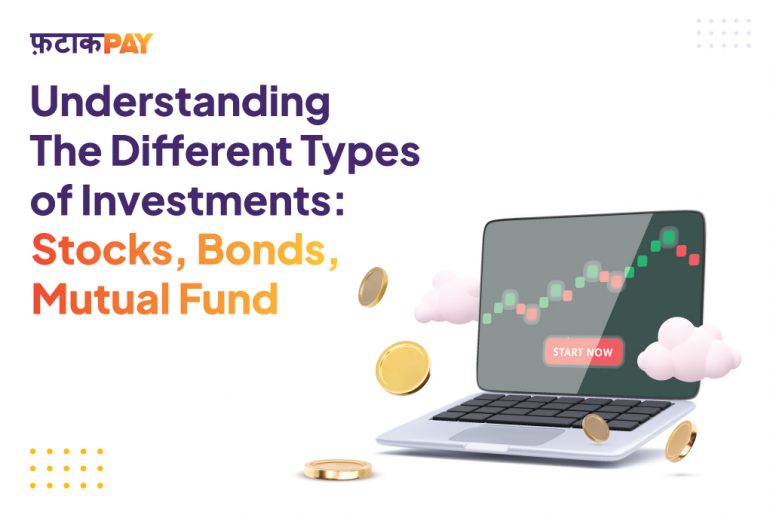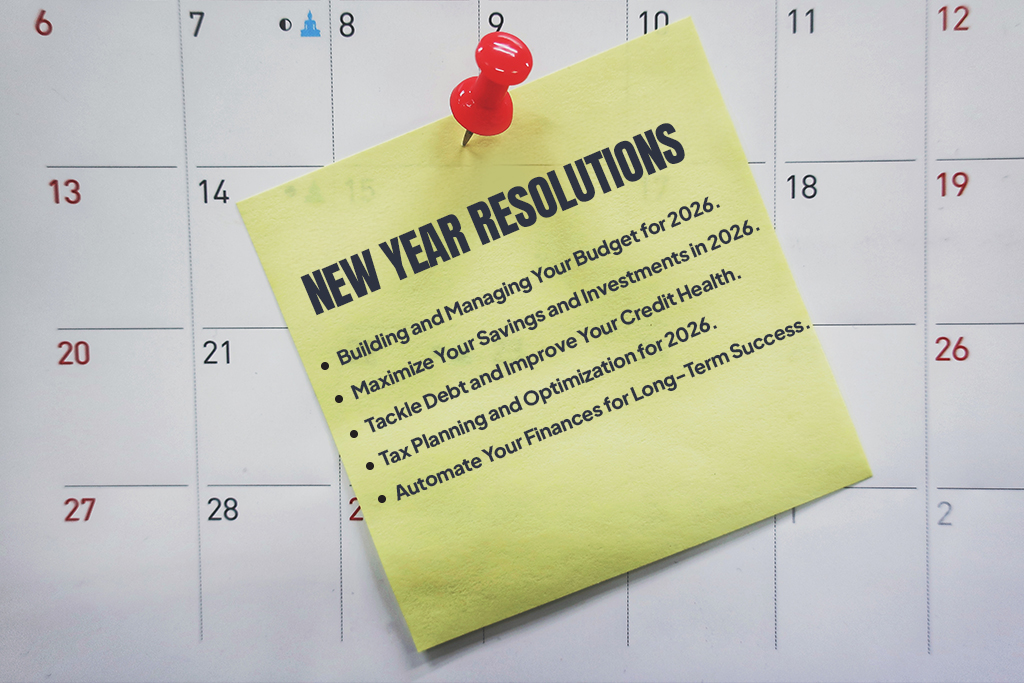Whether you are young or slightly old , old age is sooner or later gonna affect all of us. Retirement might be a long way ahead, but planning beforehand will make sure that your old age is as smooth as your present age. In this blog, we talk about ways in which you can plan for your retirement.
Here’s a question: Have you started building your retirement corpus? It’s a question we ask people in their 20s and 30s and the answer is usually a resounding ‘No’. This is followed by the reasoning that ‘I am young , I want to spend what I earn, investing is a hassle’ etc. The second question is when do you want to retire? Most people also don’t have an answer to that either. In all honesty, retirement doesn’t get enough attention because for most people, retirement is 2 or 3 decades into the future. Let’s not ignore the elephant in the room: Why should one have a retirement plan?
There are 3 reasons why:
- People are having a longer life expectancy. This means that people are living longer and have a longer post retirement life.
- Inflation. This means that what cost Rs.100 today would cost Rs.1000 40 years later, assuming an inflation rate of 6%.
- There is a lack of a government sponsored social security system that can take care of the elderly population.
Retirement planning should be started as early as possible. Lets take a look at an example given in the table below:
| Person A | Person B | |
| Age at which person starts Investing | 25 years | 35 years |
| Investment amount | Rs.10,000 per month | Rs.10,000 per month |
| Years of investing | 35 years | 25 years |
| Retirement Corpus at Age 60 | Rs. 5.8 Cr | Rs. 1.8 Cr |
The Rate of Return is assumed to be 12%. The power of compounding is demonstrated here as Person A had more time to invest his money.
Now let’s look at the steps for planning for your retirement:
- Start saving more. This might be an uphill task at first, but gradually you can get used to this. This can be done by reducing non essential expenses, taking public transport or carpooling, or by moving to a smaller city where the rentals are much cheaper than a metro. Mind you, these are mere suggestions. We are forcing people to move to smaller cities! Once you’ve saved some extra money, don’t forget to invest it properly.
- Rearrange your portfolio allocation. This is again subjective, depending on the person’s risk appetite and return target. The portfolio could be a mix of equity and fixed income instruments in varied percentages. According to Nassim Nicholas Taleb, author of the famed ‘The Black Swan’ he advises using a barbell approach. This approach advocates that one should put 80% to 90% in extremely safe fixed income instruments and the remaining 10 to 20% in high risk high return diversified speculative instruments. In this way, your portfolio is robust to black swan events (events that are rare, but have a huge impact).
- You could try to increase your retirement age. Since you might not have accumulated a high enough retirement corpus,by the age of 60, it would be in your best interest to work for a few more years, till you have enough to retire.
- If your retirement calculations show that more active wealth needs to be generated post 60 years, then start thinking about which skills will be in demand from 10-15 years from now, which you can offer with your experience and creativity.
Now let’s look at how to build your retirement plan:
We have to look at how much money you should have to account for retirement expenses. You must have an answer to 5 of these questions:
- At what age do you want to retire?
- What is your current age?
- What is your current monthly investment towards your retirement?
- What is your life expectancy? (Use the country average. We know that nobody can predict their death!)
- What is the expected rate of inflation over the long term?
- What is your expected return from your investments (return on corpus)?
If you have these answers, you can feed these values into our retirement calculator, which we have designed for you. The calculator will tell you the amount that you need for your post retirement expenses.
To summaries the blog:
- Start retirement planning early and retire peacefully.
- Plan wisely
- Track and review your plan
- Don’t dip into your retirement savings.
We hope you enjoyed reading the blog! Do check out our other blogs:
https://fatakpay.com/blog/investing-for-financial-wellness/
Your retirement starts with one smart decision today.
Save, invest, and stay financially ready with FatakPay the quick loan app trusted by thousands.
Get instant personal loans in 5 minutes and plan your financial freedom the smart way.
Apply now.







